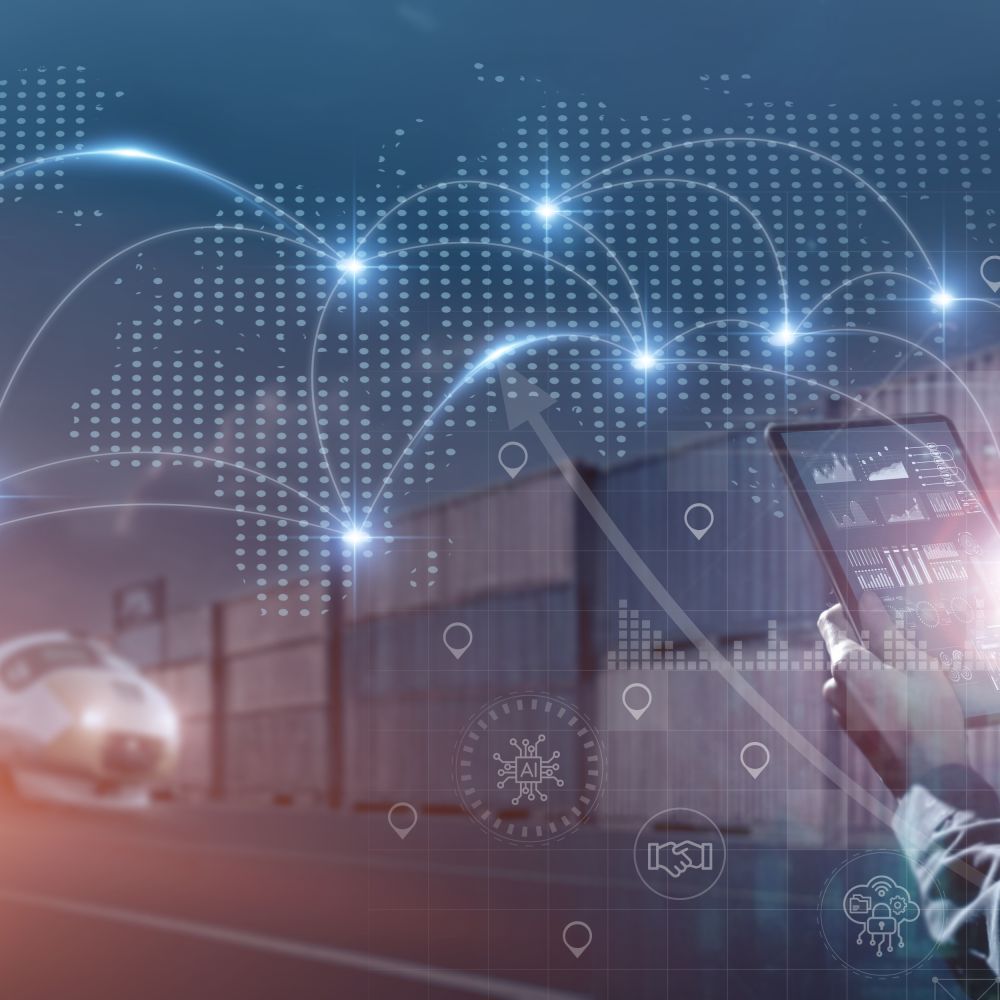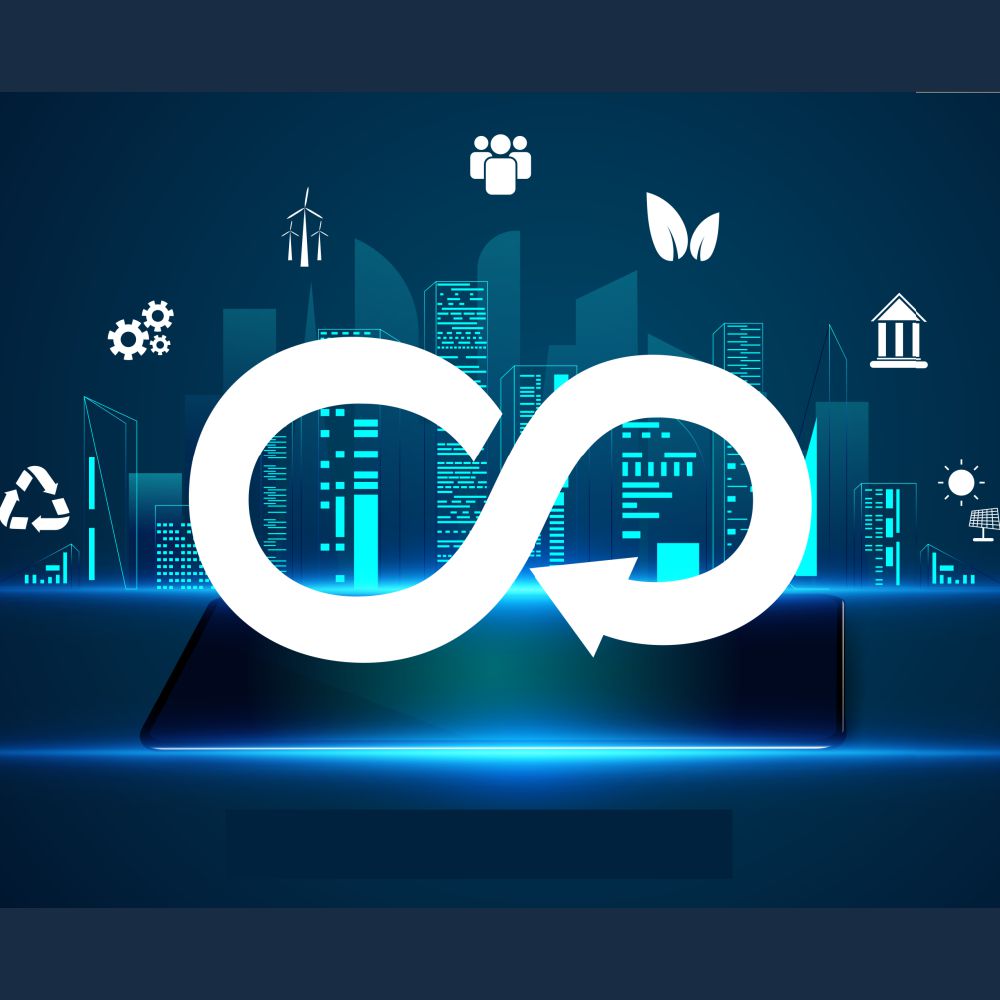“E-commerce logistics has set a trend on what’s possible from Concept to Reality and that speaks for itself – a commodity product produced in different parts of the world delivered to another part of the world, in matter of just days and at affordable price and good quality. The unwrapping of the whole last mile delivery for that one personalized product is a good showcase of what’s possible at a point in time,” asserts Priti Jauhari, Vice President – Global Transformation Planning, Schneider Electric, during this interview…
Women in Supply Chains, which used to be a pipe dream till the past few years, is fast transforming with the entry of abled supply chain leaders like you. How has the scenario shaped up over the years for women in supply chain?
The criticality of the supply chain to drive business outcomes has only become more evident over the years. As career in supply chain itself was niche in early days, it was even less accessible to women as a choice due to various reasons like lack of know-how, male domination in operations such as manufacturing, logistics, etc. That said, there are always outliers. Some, like me who got exposed to supply chain field and developed a passion for it, embraced the journey of being a supply chain professional.
I developed the love for supply chain during my Master’s in Operations & Manufacturing and the rest followed one logical step to the next. The ‘Dynamic’ (so called VUCA) aspect is what kept me going. Never too slow, never to say – I have learned enough, never short of challenges to prove yourself and the evolution of supply chain function itself.
I think it’s important to demystify the understanding of supply chain as a career choice very early in a girl’s career choice and then let them make their own choice. It all starts with knowing the possibilities that one can explore in supply chain.
What have been a few of the greatest learnings during the last few years that will stay with you forever and help you climb the success ladder?
People are and will always be the most important asset no matter the level of automation/digitalization. Intentional focus on career and skill development of people will define the success of high performing and motivated individuals and teams to drive exceptional outcomes.
What have been the challenges faced in managing the supply chain and how did you overcome them?
Managing the challenging and demanding customer expectations and aligning the supply chain to that expectation has been the biggest challenge, in my opinion, especially around speed/agility/ flexibility. While these concepts are not new, the customer ASK has made these a given for organizations to get their act together. This also calls for strengthened collaboration across functions like commercial/sales & marketing with supply chain. An example would be the advancement of SIOP process to IBP, which involves Demand, Supply, Finance & Sustainability to the mix.
What has been one of the most challenging tasks that you have achieved in the supply chain?
Imparting digital literacy across the supply chain organization (tailored at all levels of the organization) – starting with Awareness, Digital Literacy Assessment – current and where we would like to get to, Framework based on roles, etc., has been one of the most challenging tasks.
For instance, people don’t want to admit to the baseline. How does one improve without a realistic assessment and does that even lead to an improvement in the true sense? However, this is one critical element that needs to be addressed to succeed in any function in today’s era and more so in the supply chain.
What are the operations & supply chain technological innovations you are most excited about, in times to come…
Operations: Autonomous processes and systems and how humans will co-exist and use it to our advantage to aid in improving efficiency.
Technology: We all know the pace of tech change is defining a new pace of change in itself…before we get comfortable with one, the other one has entered the door even without knocking! A seamless integrated future of tech is what I would look forward to – a TRUE Plug and Play – will it ever be a reality is the question I have?
Can you share with us demand sensing and advanced planning strategies that will help build resilient supply chains?
A personalized customer focused approach will be the key differentiator and also having real-time data from customer (with updated sentiment analysis) will be critical as historical data is no longer a good indicator of future demand (as in traditional demand forecasting methods). Getting real-time data insights across each node in supply chain to be able to make the right decisions in realtime (including rescheduling at the right node/optimization the network flow/ inventory optimization) will be the key part of advanced planning strategies.
What are the elements of supply chain that you are most fascinated and passionate about (in the context of sub-segments of supply chain such as inventory, planning, network optimization, etc.)? What are the ensuing changes that you foresee in times to come?
E2E (the not so new anymore buzzword) Visibility still fascinates me. While the most mature supply chain organizations have embarked on that journey and have some visibility in that regard, it comes with a lot of pain points when it comes to execution, integration, and reliability. I am still passionate to ease the amount of effort that goes into providing the E2E visibility and then making the insights actionable and most importantly showcase real value realization in financials (not claimed through simulation).
What would you like to advise young supply chain professionals of tomorrow?
They are already privileged as they started off with so much information that wasn’t even available when we started. Make the best use of it! I strongly believe that if young professionals start their business journey with the supply chain function, the enrichment and learning will be multifold as supply chain is true backbone (Spinal cord) of the CNS (Central Nervous System), offering a very good visibility into both downstream and Upstream processes.
Transforming logistics from Concept to Reality – how can we achieve this?
E-commerce logistics has set a trend on what’s possible from Concept to Reality and that speaks for itself – a commodity product produced in different parts of the world delivered to another part of the world, in matter of just days and at affordable price and good quality. The unwrapping of the whole last mile delivery for that one personalized product is a good showcase of what’s possible at a point in time. For example, I bought a really cool executive bag from a company in Paris run by a family business. The bag is made from cork leather from Portugal/Spain (My contribution to Sustainability goals – when the bark of cork tree is removed, the trees absorb even more CO2 in the process). Every bag is MTO and delivered across the world through e-commerce logistics network. I was indeed a very happy and satisfied customer as it lived up to my Sustainability motto.
What are the aspects that aid in shaping a consumer centric supply chain strategy?
It has to start with a customer centric mindset in everything we do (at every node in supply chain and at every level of the org) and personalization.
Would you like to comment on how India can learn from leading geographies such as Singapore? How do you foresee India’s changing stance in the global arena?
India can learn a bit of structure and organization from geographies such as Singapore and follow the process mindset (a ‘little’ bit of discipline). I emphasize a little and not too much as Innovation breeds in chaos (well not too much chaos also), so a bit structured and controlled approach will help.
India’s biggest strength is bright minds, a great innovative culture and a Make-It-Happen attitude! India’s standing will only strengthen in the global arena, we are already seeing the shift of Make in India gathering momentum (with China+1 strategy), rate of digitalization and Internet penetration, still a lot more needs to be done in rural areas to accelerate the pace of development.

Categories

Magazine Editions






















